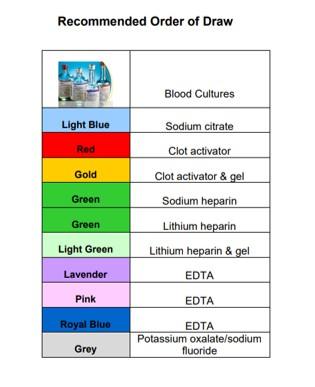| ||||||||||||||||||||||||||||
References: http://www.cdc.gov/mmwr/preview/mmwrhtml/rr5110a1.htm http://www.cdc.gov/niosh/topics/bbp/sharps.html
Luebke, M., et al. (1998). Am J Infection Control, 26: pp. 437-441. Plott, R., Wagner, R., Tyring, S. (1990). Archive Dermatology, 126: pp 1441-1444. Salzman, M., Isenberg, H., Rubin, L. (1993). Journal of Clinical. Microbiology, 31: pp. 475-479 Developed by: Brenda Morgan, CNS, CCTC 1988 Revised: June 30, 2016, Reviewed: January 31, 2024 |







